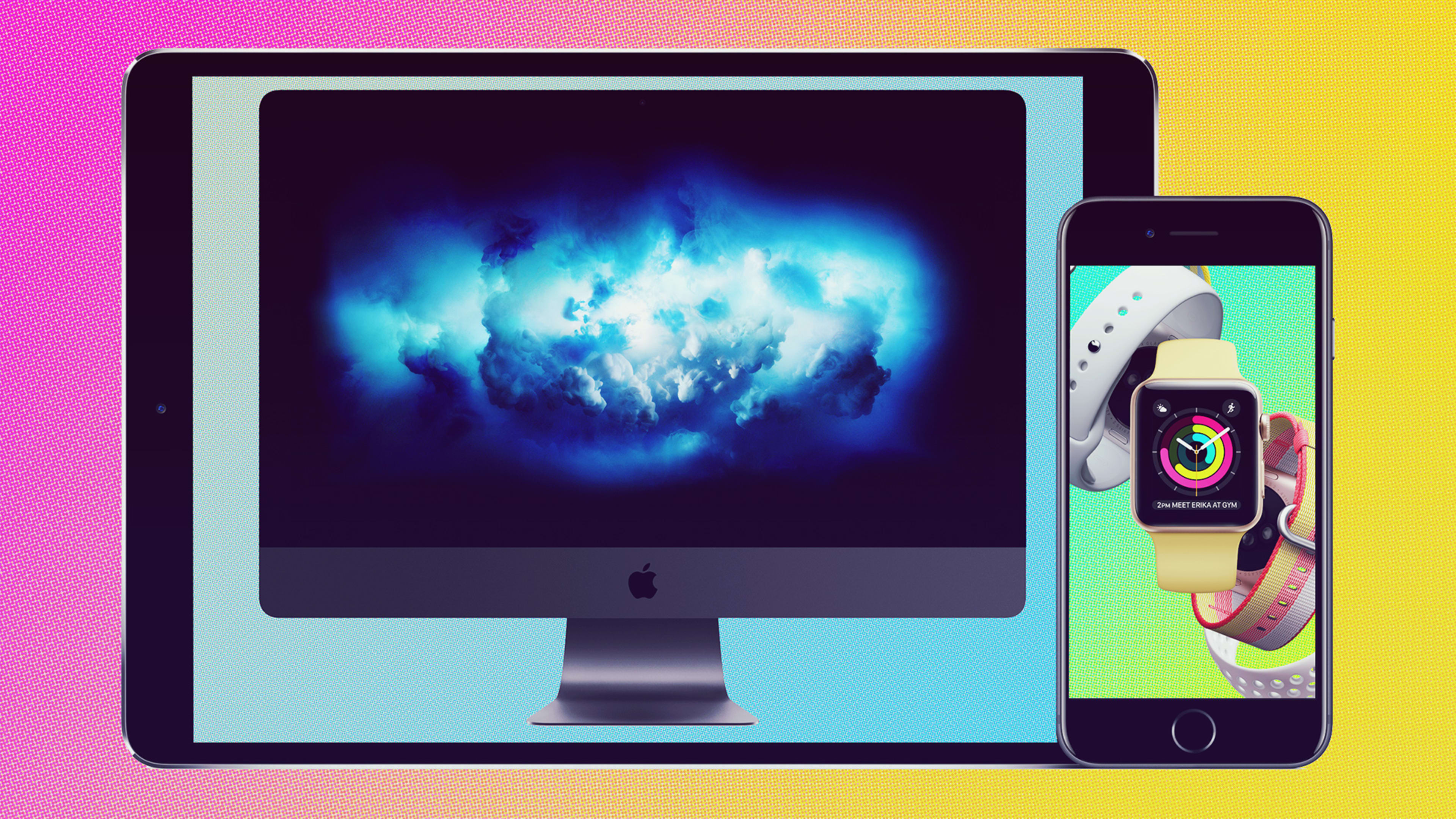In one sense, Apple’s keynote presentation at its Worldwide Developer Conference earlier this week could be divided up into two themes: addressing the mistakes of the past, and opening completely new doors to the future.
Apple spent a surprising amount of stage time Monday making good with its pro users, who had felt ignored for some time. Some of those users gave up on Apple because, while the company concentrated on its bread and butter–the iPhone–it neglected to upgrade the Mac Pros, iMacs, and high-end MacBook Pros that designers, coders, video editors, and graphic designers use to do their work. Oops.
Apple, seeming to say, in effect, “We’re sorry, we’re sorry, we still love you, don’t go!” on Monday, announced new components and specs in both the iMac and MacBook Pro lines, and unveiled a brand new $5,000 iMac Pro. The creatives in the audience, many of them game and app developers, seemed pleased.
https://youtu.be/a38_qR-S8Yo
The company spent much of the two-hour presentation talking about the addition of new features to iOS, MacOS, and WatchOS, the most interesting among them leveraging computer vision and machine learning. The Photos app in iOS received new powers for organizing and presenting photos and videos. The Apple Watch got a new Siri watch face that pulls data from all Apple OSs to offer personalized and context-aware help on the wrist throughout the day. Expect much more of that user- and context-aware stuff across all of Apple’s OSs.
Even those additions, however, are part of the natural evolution of modern personal computing operating systems. We also got our first look at some new features and technologies that will surely grow into much bigger things later.
The best example is ARKit, a new tool that will be used by developers to create augmented reality (AR) apps for iPhone. Apple had expressed interest in AR on several occasions. Prototypes of AR glasses were rumored. Apple is always circumspect about entering new tech categories, and starting with a development kit is a perfectly Apple way of getting into AR. The ARKit apps can run on any iPhone with an A9 or later chip inside. This, Apple says, means that ARKit is already the biggest AR platform in the world.
After developers have had some time to create cool AR experiences on the new platform, Apple will likely begin to roll out new features in the phones to make the experiences work better. Later it may unveil an AR headset or glasses that produce sharp AR without the need for a phone.
And Apple entered the smart-speaker race, as expected, with the HomePod. It’s one of the very few times Apple has hurried to market in response to a smash hit by a competitor, in this case, Amazon’s Echo.
https://youtu.be/1hw9skL-IXc
HomePod is being pushed as a high-quality audio device, at least to begin with. I heard it at WWDC, and was suitably impressed (and so was my colleague Harry McCracken). The woofer in the device is considerably bigger than the ones in the Amazon Echo and Google Home. The mids and highs were crisp. And yet it was a very “processed” sound, with a lot of dynamic sweetening of certain frequency ranges. One result is that it reproduced an older recording (Stevie Wonder’s “Superstition”) in a way that was, sonically, far better than the quality of the original recording. That will be just fine for all but the fussiest audiophiles.
We’ve not heard or seen anything about HomePod that makes it functionally unique compared to the other smart speakers already on the market. But there’s still a lot Apple hasn’t told us about the device, which isn’t supposed to ship until late in the year.
Still, the new speaker is new ground for Apple. The device will likely grow into an ambient, natural-language front end (i.e., you can talk to it like you would another person in the room) for numerous Apple platforms. Apple already says it will be used to trigger home automation actions via the HomeKit platform. There will be other applications. One day, HomePod might integrate with HealthKit to provide exercise reminders and wellness updates to users throughout the day.
It will almost certainly begin to take on new Siri powers that proactively provide user-aware notifications, reminders, and motivations throughout the day. Like the new Siri watch face for Apple Watch, it will gather that contextual data from the user’s activities, preferences, and interests expressed inside other Apple operating systems.
It was those future-pointing announcements from Monday that made the WWDC keynote so much fun. After all, good developer conferences not only catch up developers and the Apple faithful on some of what the company has been working on, but also reenergize faith in the company by debuting the big-deal products of tomorrow.
Recognize your brand’s excellence by applying to this year’s Brands That Matter Awards before the early-rate deadline, May 3.
